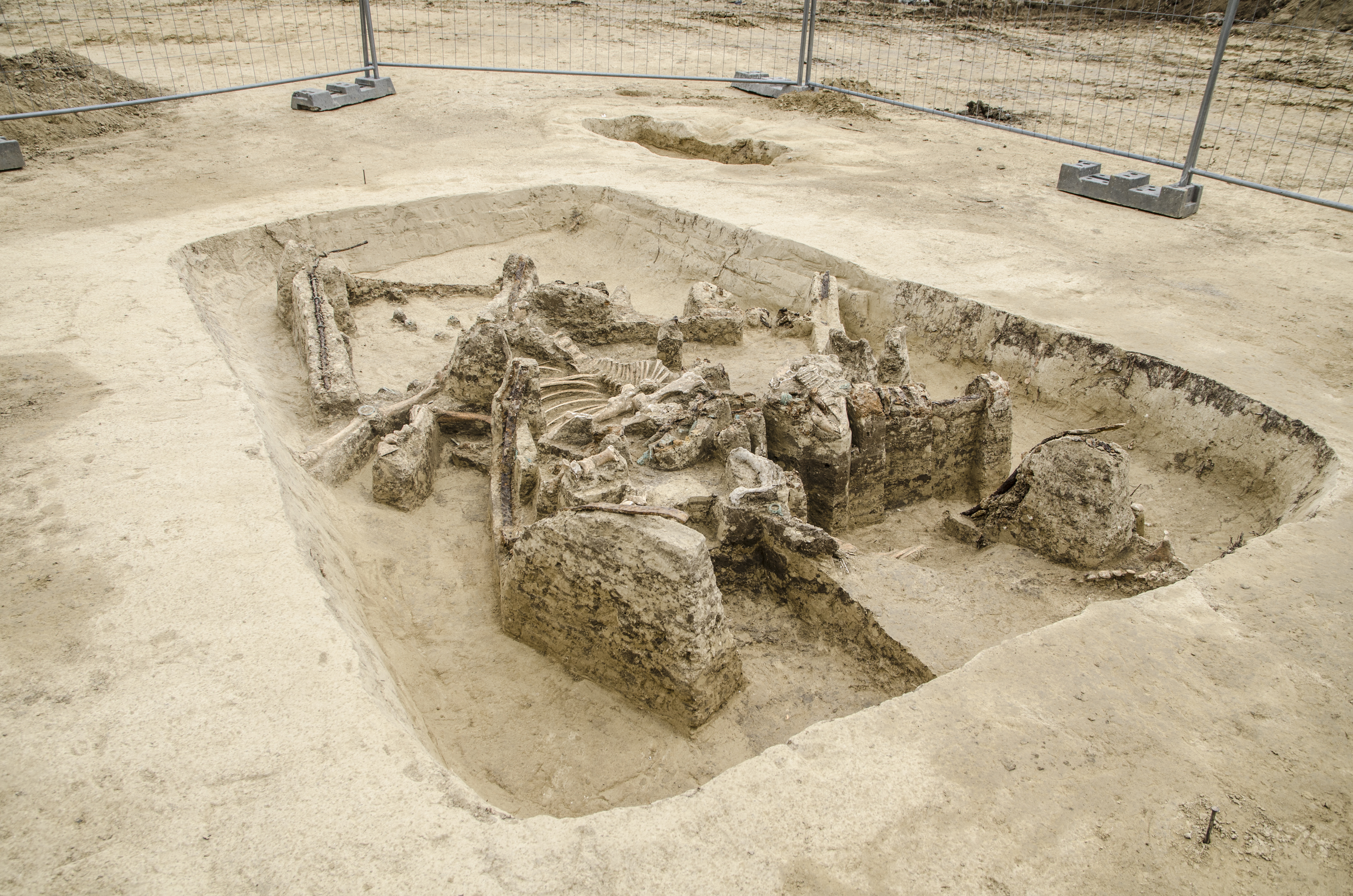Past and present
the beginnings The first written record of Csillaghegyi open air bath can be found in the work entitled Geological description of the Pest-Buda area, written in 1858 by geologist József Szabó. The springs here at the time supplied water to a pool designed for bathing, with brick walls, and the effluent drove a mill, which was at the end of today's 33 metres long pool. After the Római Baths, the Csillaghegyi is the oldest open air bath of the capital. Csillaghegyi Árpádfürdő Rt. was founded in 1919 by Elkán and Gerő. Surrounded by a large park with native trees, the beautifully located open air bath with its unique terraced sunbathing areas and promenades was the most modern and elegant spa of its age. There were two open air baths and a swimming pool, and in 1925 this was the first place where a wave pool was built. This wave pool was a rarity of those times in Europe. This was used until 1945, and then transported to the baths in Debrecen, in the Nagyerdő Baths, where after some repair it was in operation for more than 20 years. |
developments
A few years later the third pool of the open air bath was built, with plans to organise international swimming competitions. For this purpose bleachers and cabins were constructed but, unfortunately, due to static problems they sank down and were demolished. The Olympic champion Johnny Weissmuller (Tarzan) swam in this pool against Dr. István Bárány Olympic silver medalist, our European champion. The new swimming pool was built replacing this one.
On the hillside, there are terraces with beautifully designed sunbathing areas, pines and gorgeous perennial flowers. Its uniqueness is due to the sculptures of the park, many of which can still be found in the area. We have been left a legacy of a beautiful, elegant bath with advanced attractions, and we have a duty to nurture and preserve them in the spirit and faith of the past and leave it to our descendants. |  |
| new finidings
In 2017, during the expansion of the baths, before starting the earthworks, the Budapest History Museum carried out a preliminary archaeological excavation. The biggest surprise and sensation was the Roman Celtic carriage grave right at the bottom of the hillside. Approximately 90 cm away from it, another Roman tomb, a heavily disturbed and incomplete children's tomb with a skeleton was found. The richly decorated carriage tomb and the adjacent children's tomb are the only Roman archeological objects in the area.
The complete restoration of the carriage might take years. However, three of the restored bronze sculptures are already exhibited in the Aquincum Museum. |


